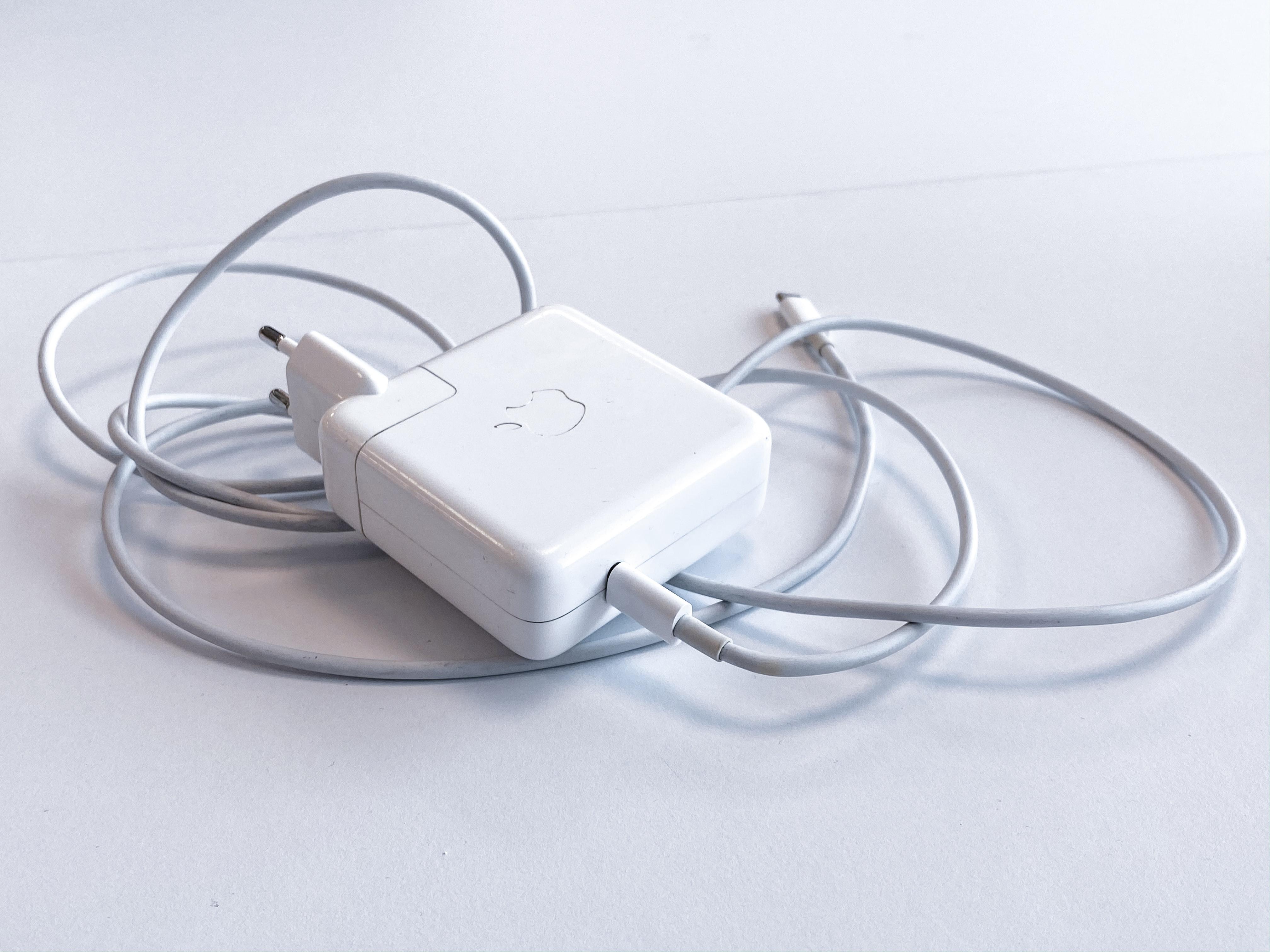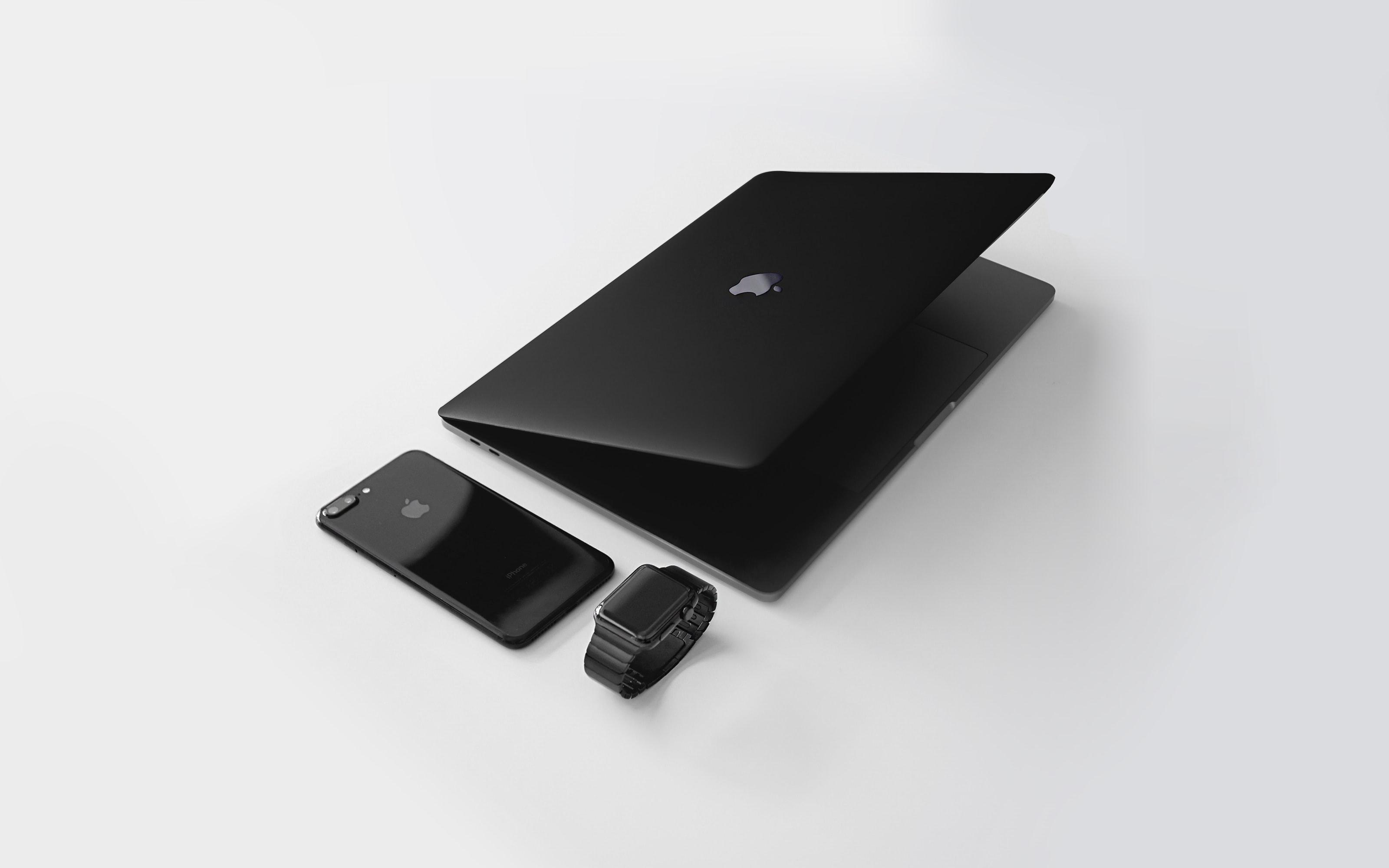Apple Might Switch to USB-C Chargers Amid Potential EU Ruling
The EU isn't happy with Apple's Lightning cord and wants a standardized USB-C cord for all. Will Apple comply and switch the USB-C chargers?
Sept. 24 2021, Published 11:50 a.m. ET
Apple is notorious for its non-traditional charging cords and ports, as evidenced by gadgets like the dongle. Now, the European Union has proposed a ruling that would force Apple (NASDAQ:AAPL) to comply with standardized charging regulation within EU nations.
Will the ruling pass and force Apple to comply with standard USB-C chargers across the board?
What the proposed EU ruling says about the charging problem
Apple uses a custom charging port called a Lightning connector. A new EU proposal says that all chargers will have to use USB-C connectors for standardization. While some Apple products already use a USB-C connector, many use the custom Apple-made option.
The ruling would apply to small devices like phones, headphones, and tablets, and help to streamline EU residents' collection of chargers.
Do non-standardized chargers create more e-waste?
For the EU, it all comes down to e-waste. EU citizens are estimated to dispose of 11,000 tons worth of charging cables annually.
The ruling, which is expected to pass through EU legislation, provides a two-year grace period to make all new devices USB-C compatible. This would prevent Europeans from having to buy specialized chargers for their different devices.
Apple isn't happy about the ruling. The company claims that Lightning chargers are innovative, and standardization only quells more innovation moving forward.
Margrethe Vestager, the executive vice president for a Digital Europe, said in a press release, “European consumers have been annoyed for long enough by the accumulation of incompatible chargers in their drawers. We have given the industry plenty of time to come up with its own solutions, but now the time has come for legislative action in favor of a universal charger. This is a significant gain for our consumers and our environment, in line with our ecological and digital ambitions."
Apple's e-waste problem goes beyond chargers
It isn't just chargers that create e-waste. Every time Apple drops a new product, the company's carbon contribution intensifies. According to Apple, 81 percent of the iPhone's lifecycle carbon emissions are released during production. This means that dropping an old phone to buy the newest model is energy-intensive. One report says that "buying a new phone takes as much energy as recharging and operating a smartphone for an entire decade."
Apple's annual drops probably won't go away anytime soon, and the whole point is to sell, even to those who might already own a recent model.
In short, Apple is an e-waste contributor, and its unique charging ports are only a portion of the dilemma.
Apple and USB-C: Will it happen?
A transition for Apple to full-on USB-C would cost the company upwards of $1 billion. Meanwhile, Apple is fighting with the EU on other issues, like antitrust laws. Needless to say, the relationship between Apple and the EU feels bitter.
If the ruling for standardized chargers passes, then Apple would theoretically have to comply. However, the ruling only seems to apply to wired chargers, which means Apple could potentially create an iPhone without any ports at all by the two-year deadline. Whispers are already floating about an innovation like that.


